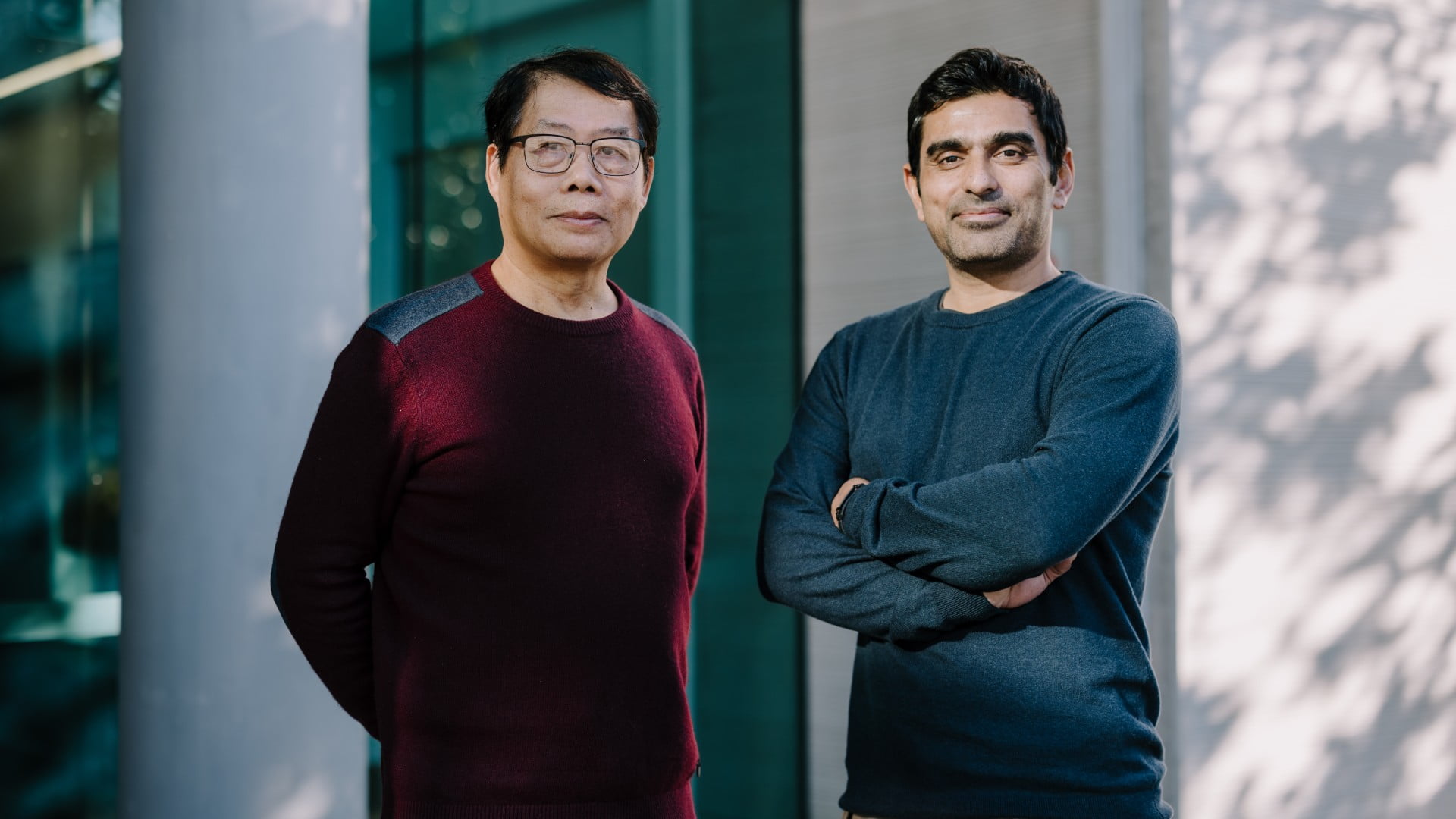June 30, 2025
Researchers unlock a new era in low-energy electronics with remarkable breakthrough
Discovery places ÌìÃÀ´«Ã½app at forefront of quantum materials, lays foundation for faster, cooler, more energy efficient computers and electronics
A research team from the University of ÌìÃÀ´«Ã½app’s (ÌìÃÀ´«Ã½app) Institute for Superconducting and Electronic Materials (ISEM) has addressed a 40-year-old quantum puzzle, unlocking a new pathway to creating next-generation electronic devices that operate without losing energy or wasting electricity.
Published in Advanced Materials, the study is the work of ÌìÃÀ´«Ã½app researchers led by and , with PhD candidate Syeda Amina Shabbir and Dr Frank Fei Yun.
It introduces a new design concept to realise the elusive and highly sought-after quantum anomalous Hall (QAH) effect.
The discovery places ÌìÃÀ´«Ã½app at the forefront of quantum materials, a field that could cut global energy consumption and transform everyday life for people around the world.
Using a technique called entropy engineering, the team tailored the quantum behaviour of a one-atom-thick magnetic material by mixing four types of metal atoms. This random atomic arrangement reshaped the material’s electronic structure, opening a topological bandgap that allows electricity to flow perfectly along its edges, without interference or energy loss.
This is a kind of “superhighway” for electricity, and it’s a building block for future quantum computers and ultra-efficient electronics.
The method the ÌìÃÀ´«Ã½app team used - changing the “entropy” or randomness inside the material - gives scientists a new tool to design even better quantum materials in the future.
“This is a significant step toward practical quantum devices that are energy-efficient, scalable and resilient,” said Professor Wang. “Our method opens a new avenue to design 2D quantum materials with robust topological properties.”
The breakthrough has broad potential applications — from phones and computers that don’t overheat, to quantum computers, faster medical imaging, and energy systems that retain power for weeks. It also advances a class of materials first conceptualised and pioneered by Professor Wang known as spin-gapless semiconductors.
Dr Nadeem, who led the theoretical modelling, said: “The entropy-driven design not only reshaped the electronic bands, but also opened a stable gap that ensures edge-state conduction, which is essential for real-world quantum applications.”
Professor Wang emphasised the significance of the discovery from ÌìÃÀ´«Ã½app’s world-leading researchers.
“This represents a significant theoretical advancement toward the development of emerging quantum devices that are energy-efficient, scalable, and resilient,” he said.
“We are expanding that legacy by creating a new class of quantum materials that open fresh horizons for novel quantum physics and devices.”
The study reinforces ISEM’s standing as a globally leading research institute in quantum materials and condensed matter physics, with cutting-edge contributions spanning superconductivity, spintronics, and topological phases of matter.
“This breakthrough strengthens the University of ÌìÃÀ´«Ã½app’s international reputation in condensed matter physics,” said Professor Wang. “It places ÌìÃÀ´«Ã½app at the forefront of a field that lies at the heart of quantum technology innovation.”
ÌìÃÀ´«Ã½app Vice-Chancellor and President Professor G.Q. Max Lu congratulated the team, noting the impact of the work in a field central to global innovation.
“This is a landmark contribution in a complex area of science with far-reaching implications. It reinforces ÌìÃÀ´«Ã½app’s leadership in quantum materials and shows what’s possible when brilliant minds work with purpose and vision,” he said.
As the world marks the 100th anniversary of quantum mechanics in 2025, ÌìÃÀ´«Ã½app’s latest breakthrough signals an exciting future for quantum research and technology.
About the research
‘Tailor Robust Quantum Anomalous Hall Effect via Entropy-Engineering’, by Syeda Amina Shabbir, Frank Fei Yun, Muhammad Nadeem, and Xioalin Wang, was published in Advanced Materials:
